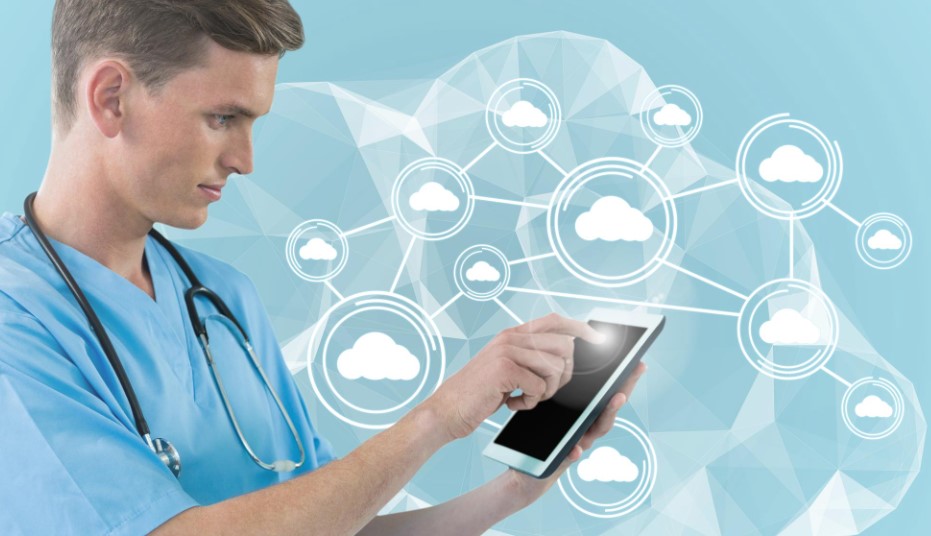In an era of technological advancements, cloud computing has emerged as a transformative force, reshaping industries across the board. One sector that has witnessed significant benefits from cloud technology is healthcare. From enhancing patient care to streamlining administrative processes, cloud computing is revolutionizing healthcare delivery in remarkable ways.
Streamlined Access to Patient Data.
One of the fundamental ways cloud computing improves healthcare delivery is by facilitating access to patient data. Traditionally, patient records were maintained in paper files or on local servers, making it challenging for healthcare providers to access critical information in real time. Cloud-based Electronic Health Records (EHRs) have changed the game. These digital records are stored securely in the cloud, enabling authorized healthcare professionals to access patient information instantly, leading to more informed decisions and efficient care.
Telemedicine and Remote Care.
Cloud computing has been a driving force behind the rapid growth of telemedicine and remote care. Patients can now connect with healthcare providers from the comfort of their homes using cloud-based telehealth platforms. This not only enhances accessibility to care but also reduces healthcare costs by eliminating the need for physical office visits. Remote monitoring of patients with chronic conditions is also made feasible through cloud-connected devices, providing real-time data to healthcare providers for proactive care management.
Read : Cloud Computing in Healthcare: Applications, Types, and Benefits
Efficient Data Analytics
Healthcare generates vast amounts of data daily, from patient records to medical imaging. Cloud computing’s robust data storage and processing capabilities enable healthcare organizations to harness the power of data analytics. This facilitates data-driven decision-making, personalized medicine, and predictive analytics. Identifying trends and patterns in patient data can lead to early disease detection and better treatment outcomes.
Secure Data Storage and Disaster Recovery
Patient data security is paramount in healthcare. Cloud providers invest heavily in security measures, often exceeding the capabilities of individual healthcare organizations. With cloud-based data storage, healthcare providers can ensure data security and compliance with industry regulations. Additionally, cloud-based disaster recovery solutions guarantee data availability despite natural disasters or system failures, enhancing patient safety and continuity of care.
Cost-Efficiency
Cloud computing is a cost-efficient solution for healthcare organizations. It eliminates the need for substantial upfront investments in hardware and infrastructure. Organizations can opt for pay-as-you-go or subscription-based models, optimizing their IT budgets. Scalability is another cost-saving aspect; healthcare providers can scale resources up or down as needed, ensuring they only pay for what they use.
Enhanced Collaboration and Integration
Cloud computing promotes collaboration among healthcare professionals. Secure cloud platforms enable seamless patient data sharing, fostering better care coordination. Furthermore, cloud technology facilitates the integration of emerging technologies like the Internet of Things (IoT), artificial intelligence (AI), and machine learning into healthcare systems, improving diagnosis accuracy and treatment planning.
Conclusion
Cloud computing has ushered in a new era of healthcare delivery, offering unprecedented opportunities to enhance patient care and streamline operations. From streamlined access to patient data to the rapid growth of telemedicine and efficient data analytics, cloud technology is a driving force behind the healthcare industry’s transformation. As the healthcare sector evolves, cloud computing will play a central role in improving healthcare delivery and patient outcomes worldwide. Embracing cloud technology is not just a trend, but a necessity for healthcare organizations committed to providing high-quality, accessible, and efficient care.




Hi, this is a comment.
To get started with moderating, editing, and deleting comments, please visit the Comments screen in the dashboard.
Commenter avatars come from Gravatar.